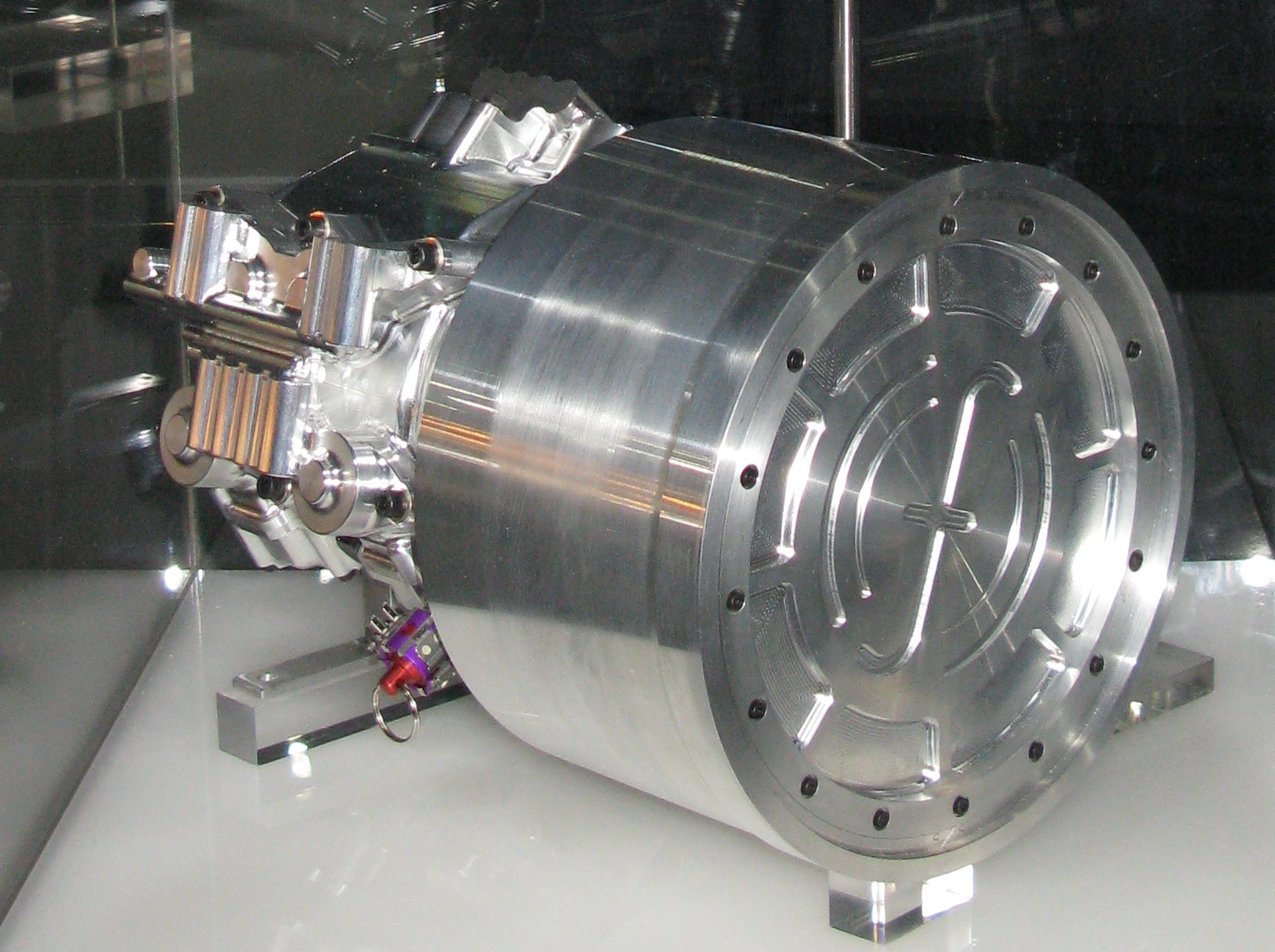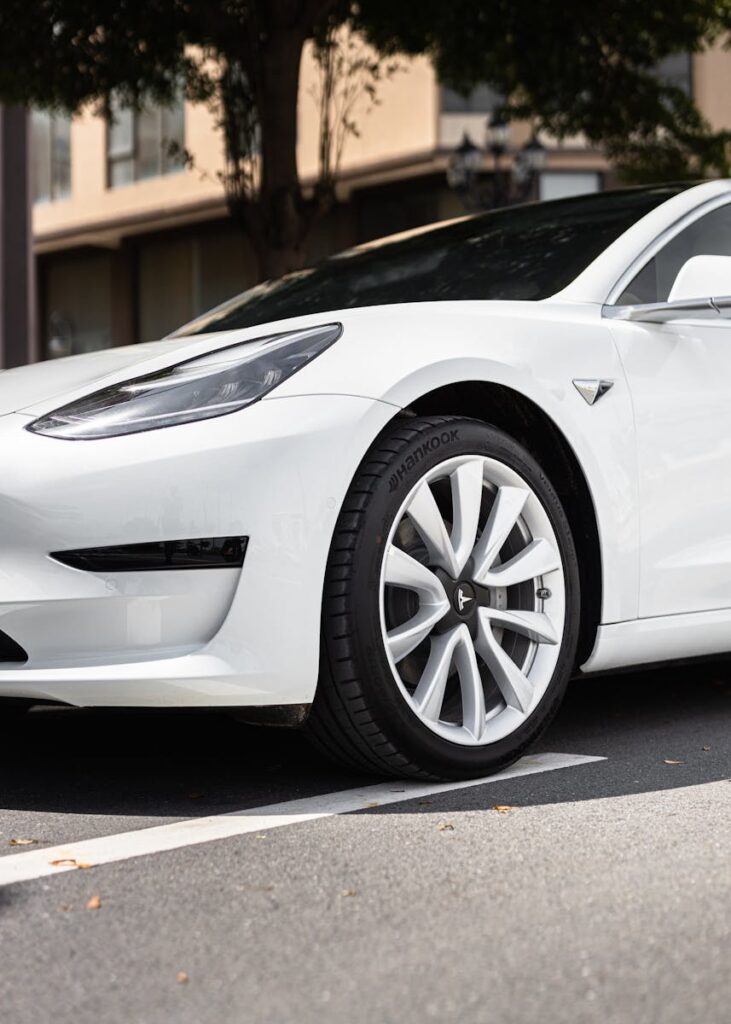In the world of electric vehicles, performance remains a key deciding factor for many buyers, and both the 2024 Hyundai Ioniq 6 SE Long Range and the Tesla Model 3 Highland Standard Range showcase distinct driving experiences that cater to different preferences.

1. **Powertrain Dynamics**: The Hyundai Ioniq 6 comes equipped with a rear-mounted permanent magnet motor delivering 225 horsepower, while the Tesla Model 3 has a rear-mounted motor providing 257 horsepower. This difference in horsepower makes the Tesla slightly more powerful when it comes to sheer acceleration. However, the Ioniq 6 isn’t just about numbers; its powertrain is tuned for a more relaxed driving style, offering a cushy and compliant ride that makes it a joy for long-distance cruising.

2. **Acceleration Performance**: In terms of acceleration, the Model 3 reaches 0-60 mph in 5.6 seconds, demonstrating its capability to deliver quick bursts of speed. The Ioniq 6, on the other hand, is slightly slower at 6.0 seconds from 0-60 mph, but its focus is on providing a smooth and stable ride rather than pure speed. This makes the Ioniq 6 a suitable choice for those who prioritize comfort over rapid acceleration.

When it comes to handling and steering, the Tesla Model 3 has seen enhancements to its suspension and steering, offering a sporty and engaging drive that excites enthusiasts on winding roads. Meanwhile, the Ioniq 6 presents a more relaxed traction control system that allows for a touch of playful rear slip without compromising on stability, providing a charming driving experience for those who appreciate a balance between fun and control.

4. **Ride Comfort**: One of the significant improvements in the Tesla Model 3 is its refined ride quality. The new suspension setup minimizes the harshness over bumps, offering a more balanced ride than its predecessors. Conversely, the Ioniq 6 is lauded for its cushy ride quality, making it an excellent choice for a comfortable daily driver.

The Ioniq 6 features five customizable levels of regenerative braking, giving drivers the flexibility to tailor their driving experience according to their needs. However, many find that Tesla’s intuitive one-pedal driving system integrates regenerative braking more seamlessly, allowing for a smooth transition without requiring constant manual adjustments at every drive’s start.

6. **Traction Control and Driving Fun**: Tesla’s traction control is quick to limit power when too much throttle is applied with a steering angle, which some may find restrictive. Hyundai’s traction control is less intrusive, enabling drivers to experience a bit of rear-end play, making it more engaging for those who appreciate a little more dynamism in their driving.

Ultimately, choosing between these two electric vehicles often boils down to personal taste, with the Tesla Model 3 designed for those who crave an exhilarating driving experience, while the Hyundai Ioniq 6 emphasizes comfort and user-friendliness. It’s essential to identify which attributes align best with your individual driving preferences and lifestyle.

8. **Price Consideration**: Price also plays a role in the decision-making process. The Tesla Model 3 Standard Range is slightly more affordable than the Ioniq 6 SE Long Range, making it an attractive option for those looking for a more budget-friendly entry into the world of electric sedans. However, the additional comfort and range offered by the Ioniq 6 may justify the higher price tag for those who value these attributes.

For electric vehicle enthusiasts, maximizing range on a single charge is paramount, and the Hyundai Ioniq 6 impressively leads the Tesla Model 3 in this regard. With a remarkable EPA-rated range of up to 361 miles for the Ioniq 6 SE Long Range, compared to the 261 miles of the Tesla Model 3 Standard Range Highland, Hyundai drivers can enjoy peace of mind on long trips without the looming threat of range anxiety.

Charging speed is equally vital, especially for extended road trips, and here the Ioniq 6’s advanced 800-volt architecture excels, allowing drivers to recharge from 5% to 80% in a mere 19 minutes for approximately 232.8 miles of range. In contrast, the Model 3 Highland requires 33 minutes for a similar charge, yielding only 168.8 miles, giving Ioniq 6 owners the upper hand in flexibility and reduced downtime during travels.

11. **Charging Networks**: Tesla’s established Supercharger network provides ease of access and reliability unmatched in the industry. However, Hyundai has announced plans to shift to the NACS plug by 2025, which will allow Ioniq 6 drivers to tap into this expansive network. Until then, Ioniq 6 users predominantly rely on the CCS network, which, while improving, still lacks the ubiquity of Tesla’s system.

Comfort is essential, particularly on long journeys, and the Hyundai Ioniq 6 boasts a spacious interior that provides 114.2 cubic feet of cabin space, ensuring passengers enjoy a relaxing experience whether on a short trip or an extended drive. This emphasis on interior space could be a significant advantage for those who prioritize comfort in their vehicle choice.

While Tesla’s infotainment system is celebrated for its comprehensive features, it can feel overwhelming for some users. The Hyundai Ioniq 6, on the other hand, presents a more traditional interface that prioritizes simplicity and ease of use, which might appeal to drivers who prefer straightforward technology without the bells and whistles.
Tesla’s Model 3 showcases a modern minimalist interior design adorned with premium materials that enhance the cabin experience. Conversely, the Ioniq 6, while spacious, faces criticism for its lack of visual flair and the use of less luxurious materials, which could sway buyers who place a high value on interior aesthetics in their decision-making process.
When it comes to cost efficiency, the decision can be influenced by various financial factors, as the Hyundai Ioniq 6 SE Long Range provides superior range and charging efficiency, though it comes with a higher price tag than the Tesla Model 3 Standard Range. For budget-savvy buyers, the Model 3 presents an attractive blend of affordability and performance, but for those who prioritize efficiency and range, the Ioniq 6 might justify its premium price.
Related posts:
2024 Tesla Model 3 Highland Standard Range vs. 2024 Hyundai Ioniq 6 SE Long Range RWD: When Less Is More
I Rented A Tesla Model 3 To Test Against The New Hyundai Ioniq 6. Here’s How They Compare
Forget Tesla Model 3 — I drove a Hyundai Ioniq 6 for a week and it’s a sportier alternative








